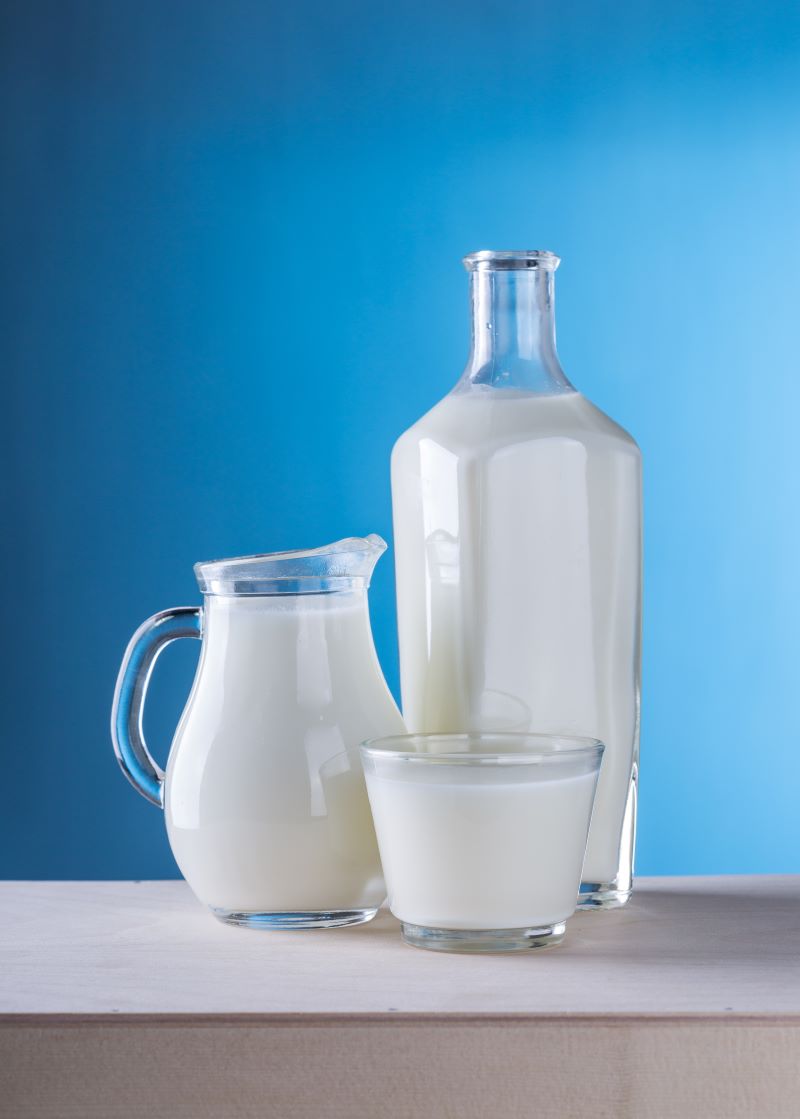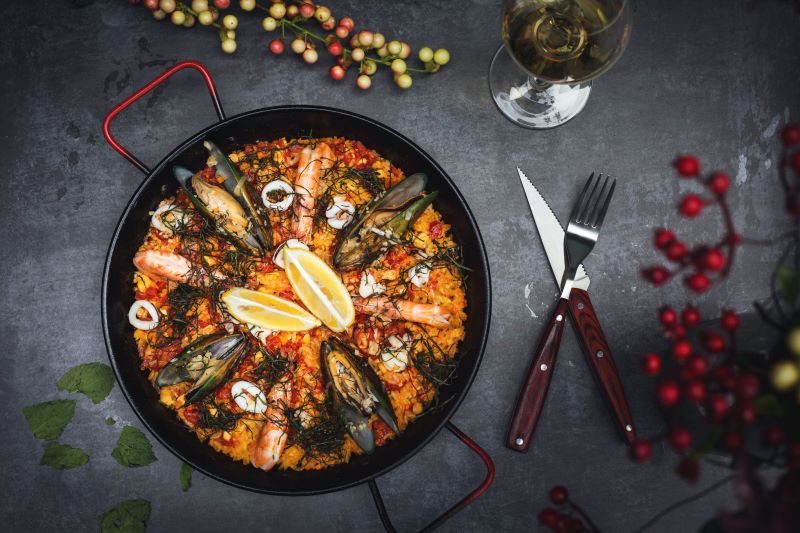Learn about these hidden food allergy triggers commonly found in local cuisine


If your child has a food allergy or intolerance, eating out can be difficult, because there are so many multicultural dishes in Singapore and, typically, local eateries (think hawker stalls) don’t list out ingredients.
The good news? “Around 90 percent of kids eventually outgrow their dairy, egg, wheat and soy allergies,” says Dr. Andrea Rajnakova , the founder and director of Andrea’s Digestive, Colon, Liver And Gallbladder Clinic . Nevertheless, food allergy triggers can sneak up on you in unassuming dishes.
In the meantime – or if your child has a nut or shellfish food allergy, of which the chances of outgrowing it are lower – here’s how to deal.
The good news? “Around 90 percent of kids eventually outgrow their dairy, egg, wheat and soy allergies,” says Dr. Andrea Rajnakova, the founder and director of Andrea’s Digestive, Colon, Liver And Gallbladder Clinic. Nevertheless, food allergy triggers can sneak up on you in unassuming dishes.
In the meantime – or if your child has a nut or shellfish food allergy, of which the chances of outgrowing it are lower – here’s how to deal.

Peanut and tree nut allergies are among the most common allergies that children have, says Dr. Andrea. Allergic reactions may include shallow breathing, throat tightness, vomiting and, in some cases, anaphylactic shock.
Look out for: Spicy sauces – served with or mixed into many Malay and Chinese dishes – often use peanuts and sesame oil.
Such oils are also commonly used to fry food, or to flavour dishes like chicken rice. Nuts may be used as a topping on dishes like rojak or nasi lemak, too.
Safer choices: Japanese and Korean cuisines tend to feature nuts less frequently, but do be aware of sesame and other seeds.
Indian cuisine is another safer option. When in doubt, go with clear-based soup noodles or coconut-based desserts

An intolerance to lactose may work differently than an allergy to nuts and seeds. “Allergies trigger reactions in the immune system, whereas food intolerances are less threatening and involve the digestive system,” explains Dr. Andrea. “Food intolerances may result in stomach discomfort, gas and headaches.”
Look out for: Indian dishes tend to include dairy ingredients such as ghee, butter, milk, yogurt and paneer (a type of cheese). At fish soup stalls, ask whether milk has been added (or request for it to be omitted).
Many delicious desserts may contain dairy products as well, including mango pudding, ice kacang and cakes.
Safer choices: With the exception of Indian cuisine, most Asian main dishes tend to not feature dairy. In desserts, you may be able to replace condensed milk with condensed coconut milk.

Similar to lactose, some people may have an intolerance to soy, also known as soya. Dr. Andrea warns that food intolerances may develop over time. Moreover, prolonged ingestion of foods to which one is intolerant can lead to further gastrointestinal concerns. “Always be aware of developing symptoms,” she notes.
Look out for: Soy is an essential ingredient in many Asian dishes, most commonly in the form of soya sauce.
It is used in chicken rice, noodle dishes, chilli sauces and savoury cakes. Soy is also in dishes that include tofu, bean curd skin, fermented beans such as natto or tempeh. Soybean oil may also be used in fried foods.
Safer choices: Unfortunately, many local foods are laden with soy. Indian and Western cuisines may be safer choices. An alternative to soya sauce is coconut aminos that feature fermented coconut palm instead of soy. (You can buy it on websites like iHerb.)

You might think it’s easy to spot shellfish in a dish and avoid it. However, in many Asian dishes, shellfish ingredients used in sauce preparations and condiments may be indiscernible in the final product.
Look out for: Obviously, be wary of seafood dishes. Shrimp paste sauce and sambal chilli sauce are very popular, particularly in Malay dishes. Ditto fish sauce and oyster sauce in Chinese dishes. Dishes to avoid are prawn mee, Hong Kong-style wonton noodles, fishball noodles or soup, laksa and nasi lemak.
Safer choices: Dishes with rice and meat – sans some chilli sauces – are a lot safer. An alternative to oyster sauce is vegetarian oyster sauce.

Gluten intolerance can occur suddenly. More seriously, coeliac disease, an autoimmune condition, prevents the consumption of gluten even through cross-contamination.
Look out for: Wheat is a staple ingredient everywhere. Gluten is most commonly found in wheat noodles, dumplings, bread, buns and tarts. Also, be aware of wheat flour-coated fish and meats, and thickened gravies. If your child is hypersensitive to gluten, soya sauce should be avoided, as one of the main ingredients is wheat.
Safer choices: Noodles and dumplings can be made of rice flour instead of wheat. Rice dishes are also generally free of gluten – aside from those with soya sauce, as noted.

Egg allergies are quite prevalent among children. Egg allergies are quite similar to nut allergies. Signs include asthma-like symptoms, nasal congestion, cramps, vomiting and skin inflammation. Always pack an antihistamine or epipen when dining out with the kids.
Look out for: Many noodles contain egg such as wonton noodles, mee pok noodles – even dumpling skins. Baked goods like pies, tarts, puffs and buns also contain eggs. Avoid fried carrot cake, fried rice, mee goreng and Indian murtabak.
Safer choices: Plain rice and meats are safer, such as chicken rice and roast meats. Vegan egg recipes with rice or noodles are also getting more popular in home-cooked meals.
This article was first published in The Finder.